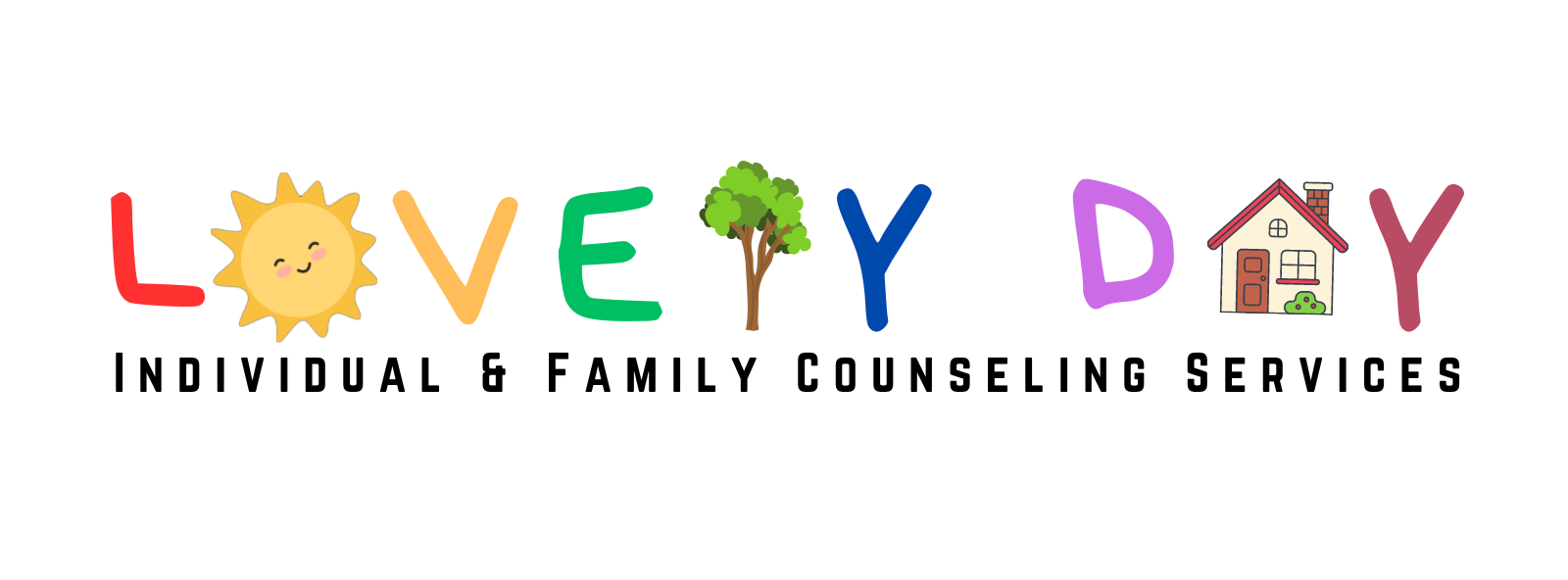In life, every person needs to move about a specific goal if it’s connected to health, career, personal growth or relationships. But during this journey, people commonly forget an important reality: progress is not always the same.
Sometimes, it happens quickly and clearly which we call short-term progress and other times, it’s a long, hard, but greatly effective journey, known as long-term progress. Equally important in their own way, but understanding the difference between them is important for anyone who truly requires to start meaningful improvement to their life.

Many people only follow quick results, but true success is completed by those who follow their plans with patience and endurance. Short-term progress provides you quick happiness and motivation, while long-term progress changes your mindset, way of life and culture. While these two forms of progress are different, they still complete each other.
Where short-term forces push you to keep going, long term planning provides you the direction to know where you are managed. In this introduction, we will shed light on this very difference so you can understand how even your small work can control something much greater one day, if done with regularity and wisdom.
What Is Short-Term Progress?
Short-term progress applies to the kind of development or improvement that becomes clear in a short time meaning within a few days, weeks or months. These are the small performances that are the quick results of starting a new plan or routine. When you start something new, such as a workout, a diet plan, saving money or learning a new skill, the first clear improvement is reviewed short-term progress.
This kind of progress is commonly on the surface level, but its effect can be deep, as it provides motivation. When you see that your work is producing some results, your energy increases and you start to work with even more loyalty.
For example, if you start a diet plan to gain or lose weight and you notice a small difference after just five days, that’s short-term progress. If you join a course and in the first week you feel you are learning something new, that too is short-term progress. Short-term progress provides you with a reply about if you are on the right track.
It provides energy and expectation that if you continue with agreement, you will finally achieve your long-term plan as well. Still, keep in mind that short-term progress is commonly temporary, so treating it as the final plan would be a mistake. It’s simply a sign that you are course in the right management and the real target is still first.
What Is Long-Term Progress?
Long-term progress applies to the type of growth that is fulfilled step by step over time, but its effect on life is strong and lasting. It’s the type of journey that continues for months or even years and needs patience, regularity and condition.
When you work regularly on a plan for a long time, be it fitness, career growth, savings or personal development, the results you complete are known as long-term progress. This kind of progress is not limited to just physical changes; it also changes your mindset, habits and overall lifestyle.
The biggest benefit of long-term progress is that it is maintainable, meaning its effects do not disappear quickly. This type of progress shapes you into a new version of yourself, more trained, focused and strong.
Still, trusting only on short-term results to come at this point is a mistake, because real progress commonly is not quickly clear, but it keeps happening under the surface. For plans that need continued struggle and time, long-term progress is the real track to achieve success.
The Real Difference Between Short-Term and Long-Term Progress
Short-term and long-term progress equally play an important role in life, but there is an important difference between the two. Short-term progress is the type that becomes noticeable quickly like noticing a small improvement within a few days or weeks.
This kind of progress provides you quick motivation and makes you feel that you are moving in the right direction. Its effect is temporary, but it helps in building control and maintaining agreement.
In difference, long-term progress develops slowly over time. It’s a journey that can take months or even years and requires endless effort, patience and planning. Its effect is strong not just physically, but also on a mental and emotional level.
Short-term progress guides you how to walk, while long-term progress shows you the track to your goal. Maintaining a balance between two is important so that you stay motivated while also fulfilling real success.
The Difference in Progress Across Various Aspects of Life:
In every area of life, the concept of progress is different and short-term and long-term progress look in many forms depending on the field. For example, in fitness, short-term progress is when you notice a little change in your body within a few days, while long-term progress is once, after many months, you adopt a healthy and strong lifestyle.
Equally, in your career, short-term progress could be the successful achievement of a project or the hope of a support, while long-term progress is when you polish your abilities so well that you become an expert in your field. This difference is also very important in relationships.
Short-term progress develops when you start understanding someone, paying attention to their choices and likes and dislikes. Long-term progress, still, happens when trust, respect and deep understanding are built between equal people.
The same applies to budgeting plans: in the short term, you could start budgeting or saving a little, while in the long term, you complete financial durability and security. In every field, it’s important to understand that small steps of progress come together to control true success.
